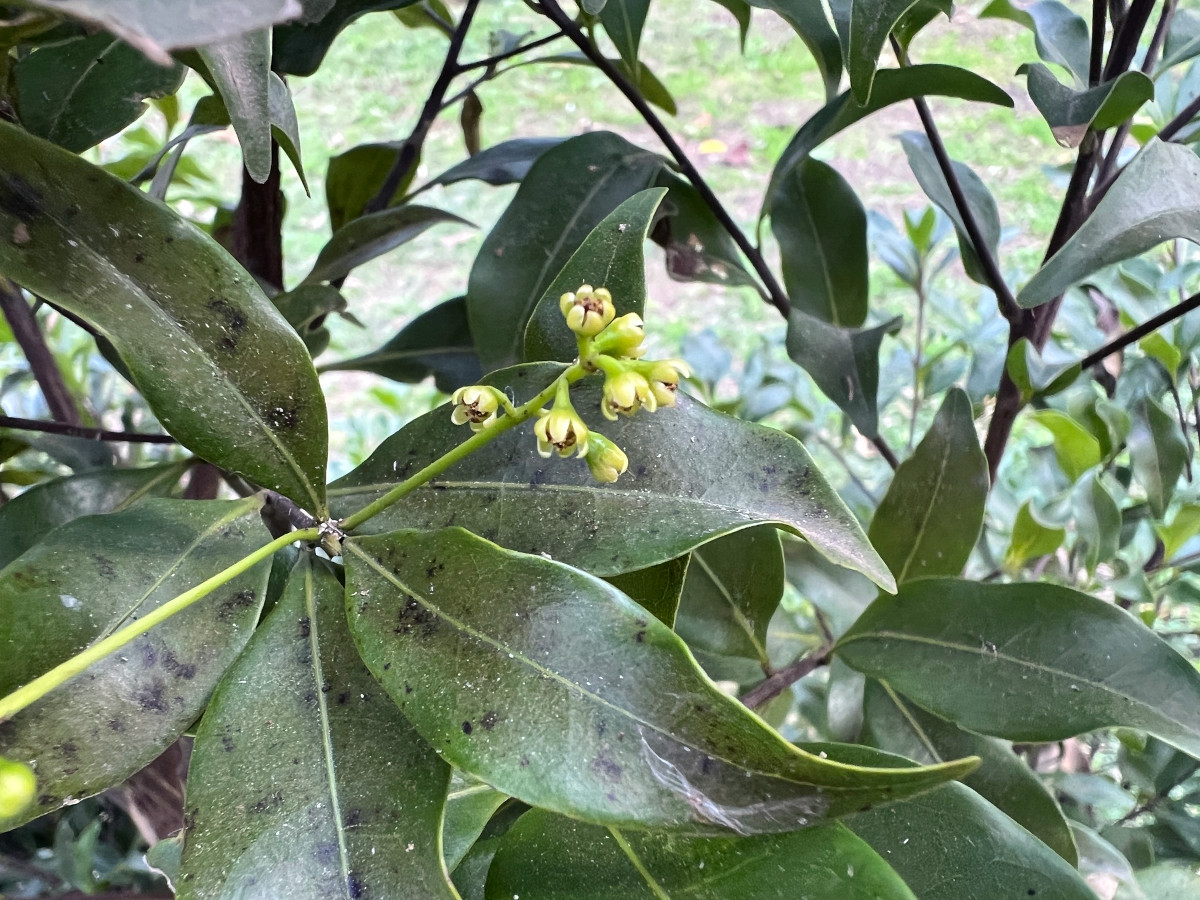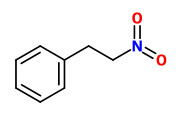Ocotea odorifera (Vell.) Rohwer - syn. Ocotea pretiosa (Nees) Mez; Laurus odorifera Vell. - Lauraceae
Brazilian sassafras, canela sassafraz (port.), Brasilianisches Sassafras
Dioecious tree, up to 15m tall, native to South America (Brazilian Atlantic rainforest); leaves alternate, oblong-lanceolate, glossy dark green; flowers small, yellowish, fruits oval, 2m in diam.
„…commonly known as Brazilian sassafras or American cinnamon; though it is not a true sassafras nor a true cinnamon…“ wikipedia
The freshly distilled essential oil of O.cymbarum [O.odorifera!] wood contained safrole (92.0%), alpha pinene (0.7%), eugenol (0.6%), butyraldehyde (0.001%), furfurol (0.17%), eucalyptol (0.21%), benzaldehyde (0.03%), and sesquiterpenes (5.1%).
[Hickey, Michael J. „Investigation of the chemical constituents of Brazilian sassafras oil.“ The Journal of Organic Chemistry 13.3 (1948): 443-446]
[Schimmel, Variochem VVB, and Miltitz bei Leipzig. Bericht von Variochem VVB Schimmel, Miltitz bz. Leipzig, über ätherische Öle, Riechstoffe, usw. Variochem VVB Schimmel, 1950, 102-104]
The cinnamon-like odour and flavour of the wood and bark of one variety of O. pretiosa was found to be due to 1-nitro-2-phenylethane, also found in Aniba canelilla wood and bark. This compound is responsible for the cinnamon-like odour of both trees.
[Gottlieb, Otto, and Maurp Magalhaes. „Communications Occurrence of 1-Nitro-2-phenylethane in Octea pretiosa and Aniba canelilla.“ The Journal of Organic Chemistry 24.12 (1959): 2070-2071]
[Gottlieb, O. R., and M. Taveira Magalhães. „Physiological varieties of Ocotea pretiosa. Part II.“ Perfumery and Essential Oil Record 51 (1960): 18-21]
„Brazilian sassafras oil or, more correctly, ocotea oil… is obtained from wood of O.pretiosa ans is similar in its main components to true sassafras oil, for which it is generally substituted. The oil was initially and incorrectly described as from O.cymbarum…Oil yield varies form 0.9-2.0%… Ocotea oil is a pale to very pale oily liquid with a sweet, spicy, somewhat camphoraceous odour and a sweet, woody taste similar to sassafras oil. Its main constituent is safrole to 90%, with most other constituents [like alpha-pinene, eugenol, furfural, cineole e.g.] below 1%.“
[Weiss, Edward A. Essential oil crops. Cab International, 1997, 198-200]
The main constituents of the essential oil extracted from the leaves of Ocotea odorifera were safrole (36.3%), γ-cadinene (6.6%), camphor (6.5%) and α-copaene (6.0%).
[Alcoba, Ana ET, et al. „Chemical composition and in vitro antileishmanial and cytotoxic activities of the essential oils of Ocotea dispersa (Nees) Mez and Ocotea odorifera (Vell) Rohwer (Lauraceae).“ Natural product research 32.23 (2018): 2865-2868]

Ocotea odorifera, Paraná, Brasil (2024) © Maristela Zamoner CC BY-SA 4.0 inaturalist.org

